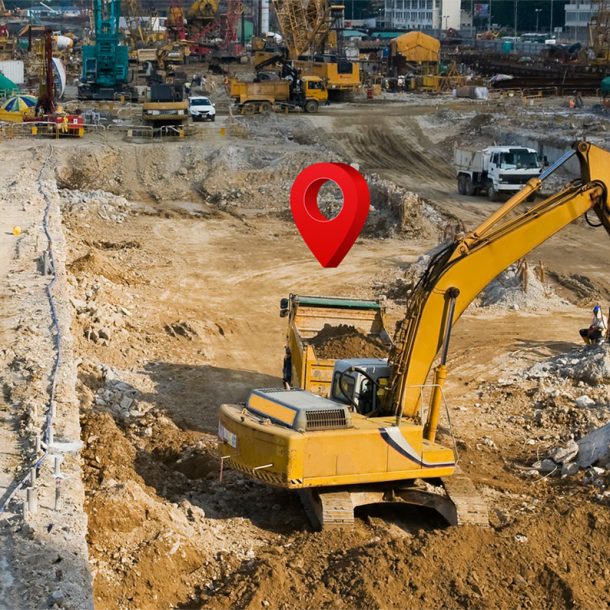

Close

Ride share programs are one of the most popular services used among the younger generations. There’s a lower need for personal vehicles and a higher demand for rideshare and public transport. The need for a personal vehicle has since been diminished with the development of services such as Zipcar, Uber and Lyft. And the hassle of owning a vehicle is slowly outweighing the benefits it brings.
With a booming passenger transit industry, many startups are expanding their operations to grab a piece of the pie. However, as with any growing business, it’s becoming increasingly hard for managers to monitor and keep up with the size of the expansion. With the help of technology such as ELD solutions and other telematics, keeping up with the development is no longer an issue growing business owners have to fear.
Telematics are implemented in rideshare programs such as Uber and Lyft. However, instead of installing a physical device, they rely on the application installed in their driver’s phones to obtain information on driver behavior and report from both the passenger and the driver. Uber aims to protect and promote safety among its drivers and will terminate its contract with drivers if they find persistent risky or dangerous behaviors from drivers. Location information also provides accurate estimates of costs for passengers based on availability of drivers as well.
Compared to using an app, Fleethunt uses an ELD device connected directly to the car. This one time installation ensures that accurate information from the car is sent directly to the cloud. Compared to an app, ELDs can provide detailed information as well as more insights such as engine diagnostics and fuel consumption. Transit companies leasing tour buses or managing bus fleets benefit from this additional information for better fleet management. Click here to learn how Fleethunt Technologies benefit fleet management. Fleethunt devices also turn on and start tracking right when the engine starts, meaning drivers cannot turn it off through their phone. For rideshare programs like Uber and Lyft, this ensures the safety of both driver and passenger and that no information is withheld.
It’s hard to know what every passenger or every driver is like on every trip. We all heard of horrible stories of tragic incidents with car share programs. And there is still a lot among the public that worry about their safety in rideshare services. As such providing a peace of mind to passengers and drivers using telematics such as dash cameras ensures that everything inside the cabin and outside is recorded and ready for use when needed. Drivers don’t have to worry about being robbed while passengers don’t have to worry about dangerous driver behaviors. The power of dash cameras is more than just its recording capabilities, but also the sense of vigilance it ensures inside the cabin. Services such as limousine rentals and commercial bus rentals no longer have to worry about the lack of surveillance in the vehicle.
Similar to the construction industry and the moving industry, telematics in car share programs play a critical role in assets tracking. Ensuring your assets are within the service area and not stolen is important to keep a car share service running. Furthermore, in depth tracking on fuel mileage and diagnostics can help with accurately charging drivers who use the service. There will no longer be a need to dispute false claims from your users and make sure the liabilities fall on the right party.
In both rideshare and carshare programs, the quality of the service relies heavily on drivers who use your service. For example, Uber’s reputation as a service is dependent on the quality of the drivers who use it. While services such as Zipcars are dependent on the different users that rent the car. Telematics transmit accurate and in-depth data to the cloud and can compile and form profiles based on the driver’s habits, reckless behavior and other reports such as breakdowns, braking and acceleration. Managing these profiles not only weeds out the drivers that do not comply with company rules, but also ensures drivers drive cautiously knowing that their profile is being monitored. Companies can then assess these profiles and choose to issue warnings or terminate contracts with disobedient drivers. The same can be used for managing commercial bus fleets and limousine fleets, keeping track of your driver’s profile ensures that you provide the best service to the passengers on your vehicles.
With industries such as rideshares and carshares booming as it is, it is important that we make use of technologies to help such businesses run smoothly. There are still many ways to go and Fleethunt is excited to branch and develop into industries to help make an impact.